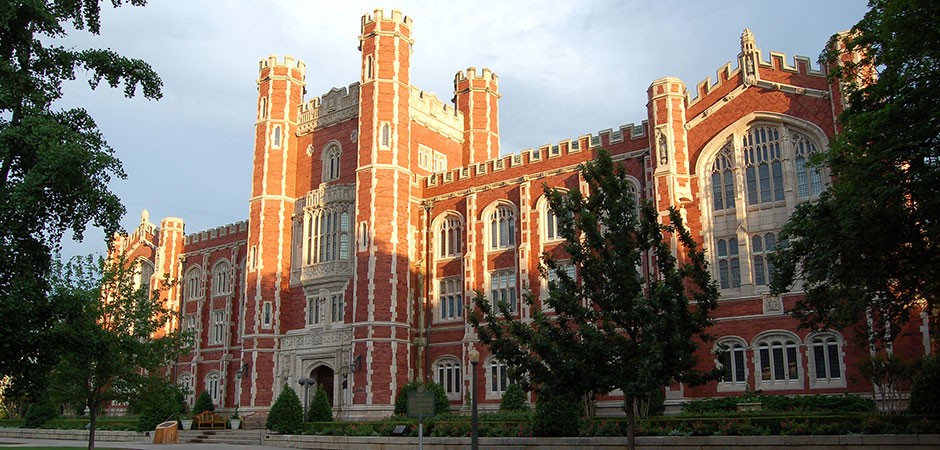
You’ve heard President Gallogly talk about our university goals: double research in the next five years; grow OU in northeast Oklahoma; and make OU Medicine the healthcare provider of choice for Oklahomans; all in support of making the OU experience the best in the world for our students.
You also have heard him talk about the financial challenges OU’s Norman Campus is facing. What does this mean? How do we compare to other universities? Here are five things to know about OU’s financial situation and what it means for our university:
- The Norman campus has close to $1 billion in debt, including synthetic debt that needs to be serviced. We must pay principal and interest payments every year which total nearly $70 million. Our debt has grown rapidly due to the new construction on the Norman campus.
- More importantly, though, we have been spending more than we have been taking in over the last several years. This year, there was a projected $25 million deficit if we continued with the original budget and newly-discovered, unbudgeted losses like parking and retail rental space that the university previously agreed to at Cross.
- We have been raiding our cash reserves to pay our bills and service our debt causing that cushion to be smaller and smaller every year.
- In order to pay our bills (such as salaries and daily operating expenses), pay on our debt, and grow our university, we have to find ways to decrease costs so that we don’t have to increase student tuition.
- At home, you make choices on how you spend your money.
- There are bills that you have to pay – rent, utilities, food, transportation, insurance, student loans etc.
- There are other items you can choose to live without - or with less of. These costs are discretionary costs.
- As a university, we also have choices.
- We can raise tuition to add more cash. This was done regularly over the last five years; in fact, tuition and fees increased almost 25% over the past five years. We can’t continue to out-price OU for our students.
- We can reevaluate the budgets we have for discretionary items, including some third party expenses. We are making changes in our spending habits. Nearly $8.5 million is from savings from third party companies.
- Savings proposals already being implemented will gain us $20 million next year.
- We still have more work to do but are making good progress.
- Can’t we get a line of credit? State universities cannot simply take out a line of credit to manage the day-to-day finances; this is why we need to have a reasonable amount of cash on hand.
- Second, bonds have to be paid back. We have a high amount of debt at present, and it is not prudent to continue borrowing at the same pace.
- OK, we are cutting costs in departments, but why do we need to cut people?
- We have a significant number of overlapping functions at our university as we are generally much more decentralized than our peers. This has led to inefficiencies we need to address. Many of our systems, for example, are also very dated and lead to inefficiencies. We have great people, but our systems don’t allow them to be as efficient as they can be.
- A significant amount of a university’s costs are payroll related. When costs structures are improved, payroll is impacted.
- How are we going to fix this? It’s going to take everyone. We are all responsible for finding more efficient ways of doing things.
- Colleges and administrative departments are suggesting a number of opportunities to save money, and many of those suggestions have started being implemented.
- Moving toward a balanced budget is essential in order to control tuition costs for our students, afford employee raises to ensure competitive salaries and be prudent stewards of taxpayer and donor funds.
- We want to create a growing university that allows our students to be wonderfully successful. That remains the most important goal.